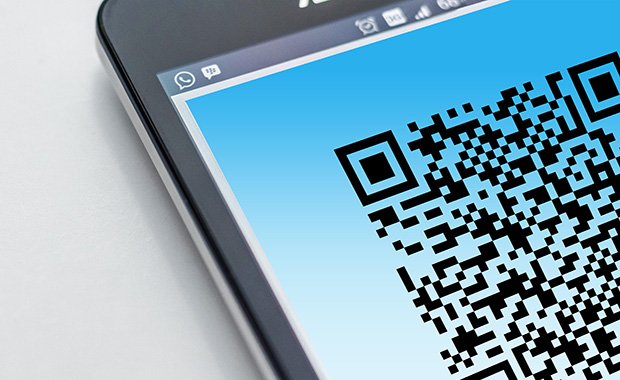How to recycle your smartphone and batteries
What are cookies on a website and how are they used?
What does QR stand for & how to use a QR code
What is cyberstalking? Definition and prevention
How to choose the best password manager for you
Secure Wi-Fi router: 8 ways to keep your home network safe
Recycle old computers and computer parts – safely!
New: All your week’s appointments at a glance in your Organizer
18 email etiquette rules: Essential tips for personal & professional emails
What is catfishing online & how to catch it
All blog topics
2FA • AI • Aliases • Android • App • Attachments • Backup • Blog • Browser • Cloud • Contacts • Cybersecurity • Domains • Email • Environment • Features • Folders • History • Holiday • How-to • Inbox • Internet • Interview • iOS • Life-hack • mail.com • Marketing • Netiquette • Office • Organizer • Password • Phishing • Press release • Privacy • Search • Security • Share • Spam • Template • Trends • Update










